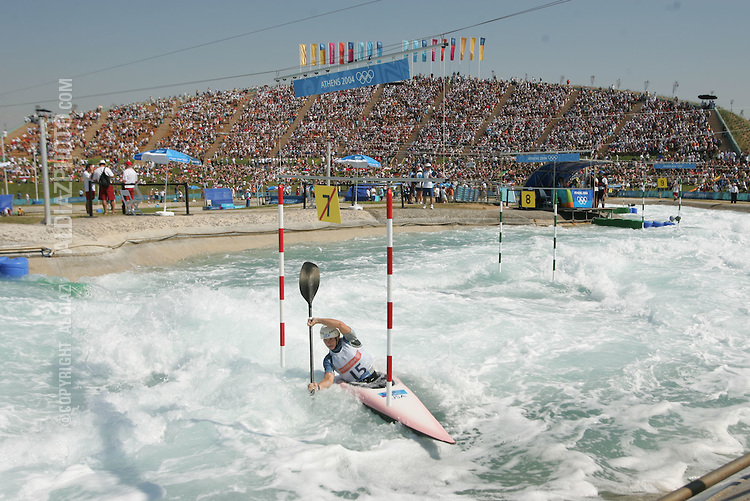Sugarloaf Mountain, located in Dickerson, Maryland, about thirty miles north of Washington, D.C., is not much of a mountain. At only 1,282 feet above sea level, it’s more of a hill — a small hill. But set amid the rolling farmland of northern Montgomery County, it doesn’t look small. In fact, Sugarloaf’s summit is so prominent — and so close to Washington, D.C. — that Franklin Roosevelt considered making Sugarloaf his presidential retreat (before deciding on the nearby Camp David). It was from Sugarloaf that Union troops first spotted the Confederate Army crossing the Potomac River in 1862. I first began to notice Sugarloaf in 2009, on one of my frequent trips to the nearby Dickerson whitewater slalom course. I’d driven past this hill since my first trip to Dickerson years before, but it wasn’t until my fifth year of living in Washington, D.C. that I began to notice it. That fall, as I drove an hour north out of the city and across the flatlands, Sugarloaf — really the closest mountain you hit when driving out of D.C. in any direction, looked taller and taller — and all of a suddenly, I wanted very badly to be on top.

This was a real change for me. I spent most of my life looking down — into river gorges — not up. I wanted to go to the places on the map where the river left the roads and plunged into a canyon so deep that it was like a secret world. These were gorges you had to bushwhack for thirty minutes just to get down to the river — or else you had to own a kayak, in which case you could see the gorge in its entirety. I can’t say if I started kayaking because I wanted to explore these places, or if I wanted to explore these places because I started kayaking. I only know that, when I was 14 years old and had just started boating, every time we drove over the 60-foot bridge on Route 44 bridge near my house in Barkhamsted, Connecticut, I’d look downstream and see two cliffs towering 100 feet over the river and I knew that something about it didn’t look right. It looked more dramatic than the usual rolling hills of western Connecticut. Something had happened to the Earth there, some kind of violence. And I wanted to go down inside and see exactly what it was.
